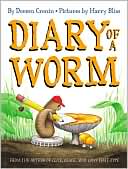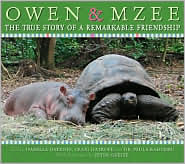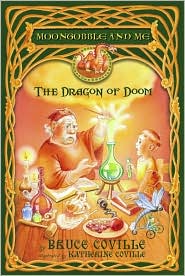I think that providing time for independent reading is one of the most important things that a classroom teacher can do. This is time for students to learn about new genres, time for them to apply the strategies they learn in the classroom, time for them to develop background knowledge on a variety of topics.
It can also be a time to drive a teacher crazy. :)
I've learned that I need to embrace the chaos in the first few weeks, and to work tirelessly to get everything settled. Here is how the first three weeks usually end up.
Week 1: Any book will do
At the start, as I'm watching kids, I let them choose any books from the shelves. I have a good collection of the fun pop-up books, including Pirateology and Egyptology, that even reluctant readers like to peruse. I also have almanacs, guides to superhero toys like Bionicle, and world record books. While kids select these books, I watch their choices and take note of what they like to read. I also spend this time at the bookshelves trying to match kids to books.
Week 2: Let's be more selective
In the second week, I start to encourage kids to move away from the glitzy fun books and into books that have more substance. The pop-up books get put aside for use during homeroom and bus time. Books like Diary of a Worm are immeasurably helpful during this time. Diary of a Worm is very appealing to reluctant fourth grade readers, yet still has a connected storyline. Diary of a Fly and Diary of a Spider are also very popular.
I like to gather books that I think will be good matches to the class and put them in a crate at the front of the room. This helps to spread out the browsers, as well as steer kids toward good books. I also keep small boxes of the books that are popular with beginning of the year fourth graders, like Magic Treehouse, Horrible Harry, and A-Z Mysteries.
This is the time to tread very lightly, however. There are some kids who feel that they cannot read, and will do anything to keep this a secret--from me and from the rest of the class. These kids are often flitting back and forth to the basket where I keep my high-interest books. Sometimes they just pick up a book and look at the pictures. These kids need more support to make independent reading beneficial.
Week 3: Formal recordkeeping begins!
By Week 3, the classroom has settled enough so that I no longer have to be on my feet during the entire independent reading time. I use this time to start writing down what I notice and spending longer periods of time per kid. I have a page for each student in a binder, and I write down very quick notes about what I see and what we talk about.
My interactions are different for different students. With one student, I spent about 5 minutes partner reading Tornado Alert. He had been trying to read the more difficult Lightning by Seymour Simon. I steered him toward Tornado Alert, and we read together, sharing our thoughts aloud on each page and talking about the storm of the previous evening. (I am such a huge fan of Franklyn M. Branley's writing--he makes even difficult science ideas easy to understand. His books are easy to find at used book sales and make great additions to the classroom library.)
On the other side of the room, I listened to a student read parts of Fudge-A-Mania aloud, taking a quick Running Record on the page that I have for her in my binder and talking with her about what was happening. Next to her, I helped another student find a book similar to Owen and Mzee, as we talked about why she liked animal nonfiction so much.
In this week I noticed that there were several students who were still flitting from book to book. I decided to address this during guided reading time. With my group of 10 kids (I know--10 is a huge guided reading group! Don't get me started), I started reading Moongobble and Me, a very engaging, supportive chapter book. I like this book because it has a page with pictures of every character, but still gives a bit of challenge. Working together, I'm trying to show students how a chapter book unfolds slowly, and how a reader needs to put the pieces together throughout the text to make meaning from the book.
On Friday, we talked about multiple referents. I realized that the students didn't realize that the old man, the magician, and Moongobble were all the same person. We talked about how we could figure this out and why it's important to know this. By working on these topics in guided reading, I'm giving readers what they need to make better choices in independent reading time. (There's a chapter about multiple referents in The Forest and the Trees if you'd like more information.)
Week 4:????
Next week is our fourth week. I'm hoping that it will bring even more contentment to our independent reading time. I'm going to try to move the Diary of a Worm contingent to some longer, more connected texts, as well as check in with some of the students who have been reading their own books from the start. One thing that I've learned is that every group of students is different, and every year unfolds in a different way. But I do know that sticking with time for independent reading yields great rewards.





I'm so grateful to read this post. As a college composition instructor, I'm delighted to see such an involved reading experience. I love how you build the students up to reading, and allow them free exploration time in the first week or so. What a happy class of readers you must have!
ReplyDelete